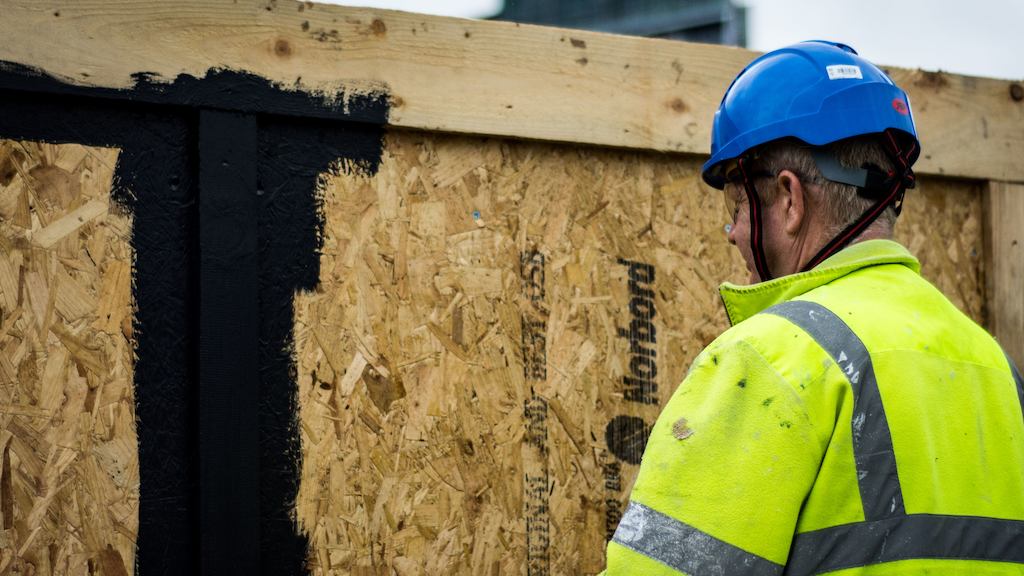Studies that measure productivity at the level of a single firm, or a team, find that either older workers don’t affect productivity at all, or they improve it. According to evidence reviews, most studies show older workers have no effect on productivity. Two studies have found a positive association between a high proportion of older workers and increased productivity, while another suggested that older teams make fewer mistakes and produce higher quality goods.
But other economy-wide studies have suggested that an ageing workforce can reduce productivity. One projected that the changing age distribution of the US workforce will slow GDP growth by 0.6 percentage points over the next decade. Another found that this changing age distribution had already affected productivity in Japan. This, and other research, has attributed these effects not to growing number of older workers, but to the smaller number of workers in their 40s who are thought to be in their ‘productivity prime’.
According to one piece of research, heavily physical jobs in factories or construction are more likely to be negatively impacted by ageing workers than more ‘age-neutral’ jobs like bank clerks or electronic engineers. People in highly skilled occupations like lawyers or doctors, meanwhile, could expect to become more productive with age. This could help to explain why we see different results when we look at a team or firm level than we do when we look at the economy as a whole.
While we don’t have a concrete answer on this question, we do know about the factors that can help people stay productive in work for longer.


